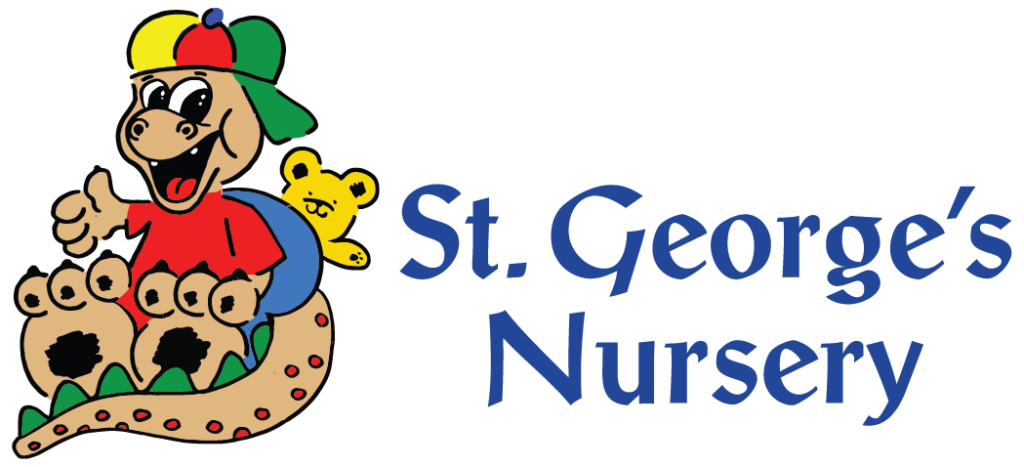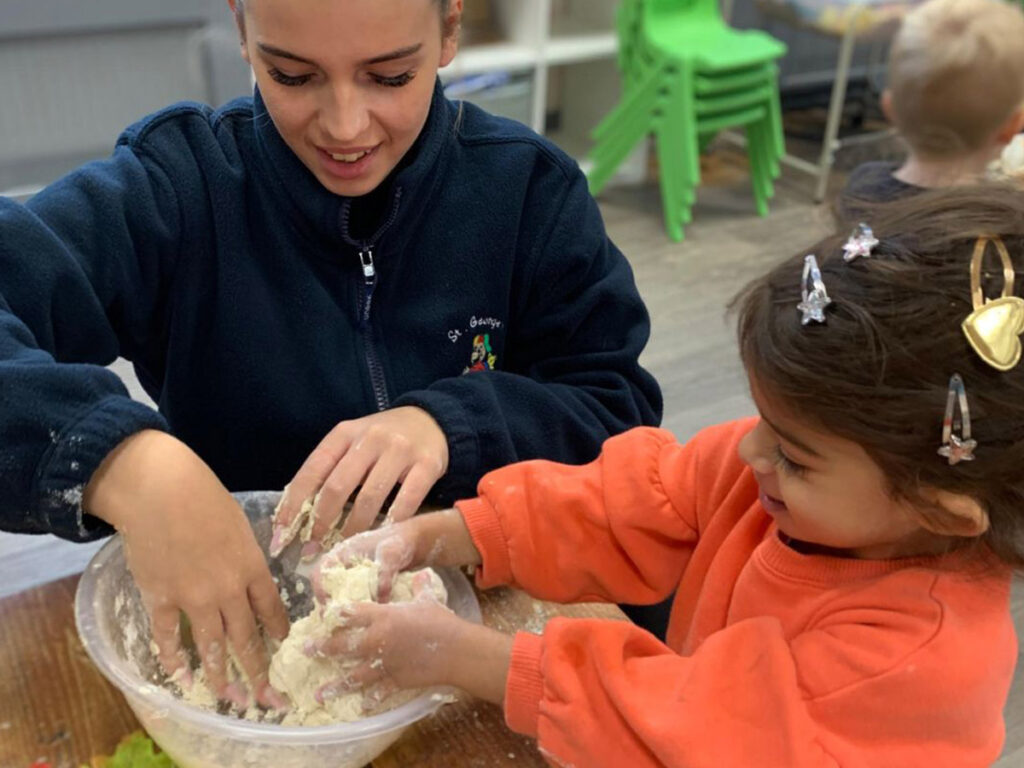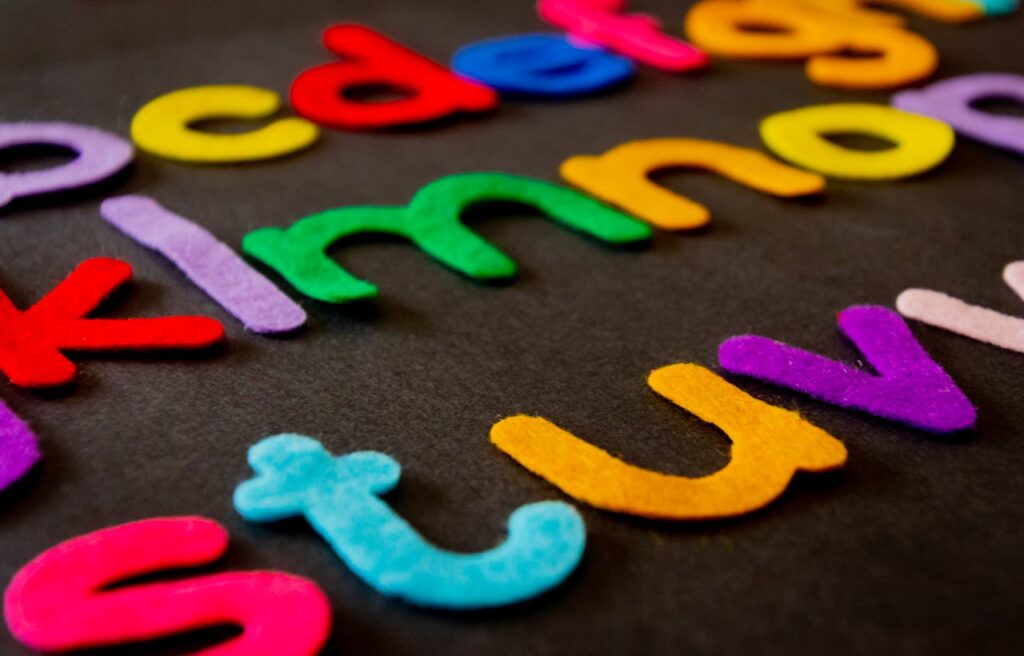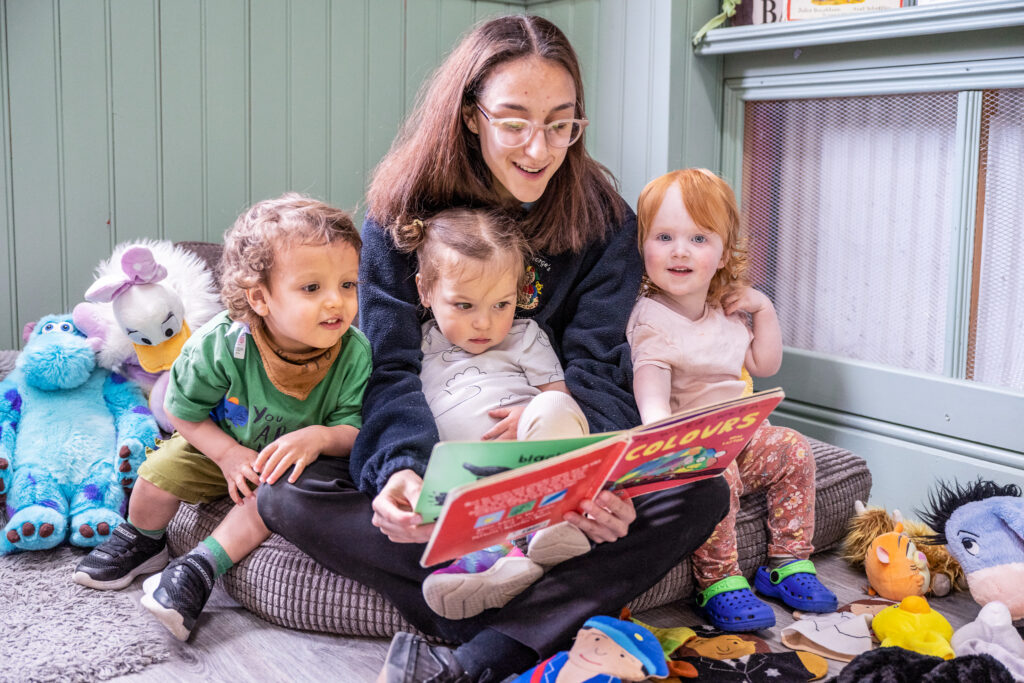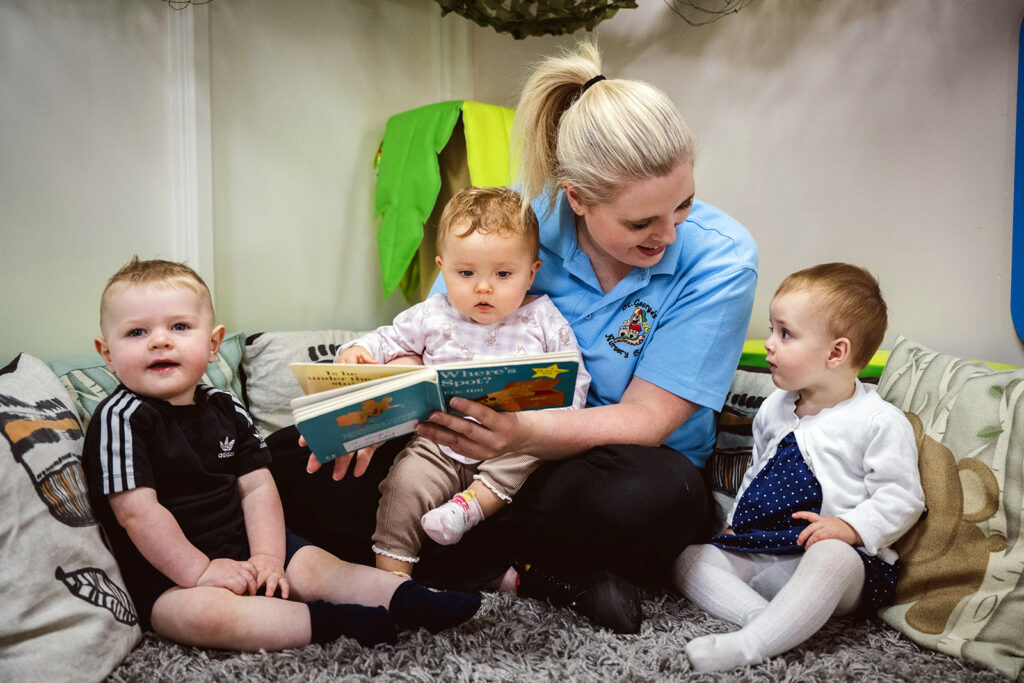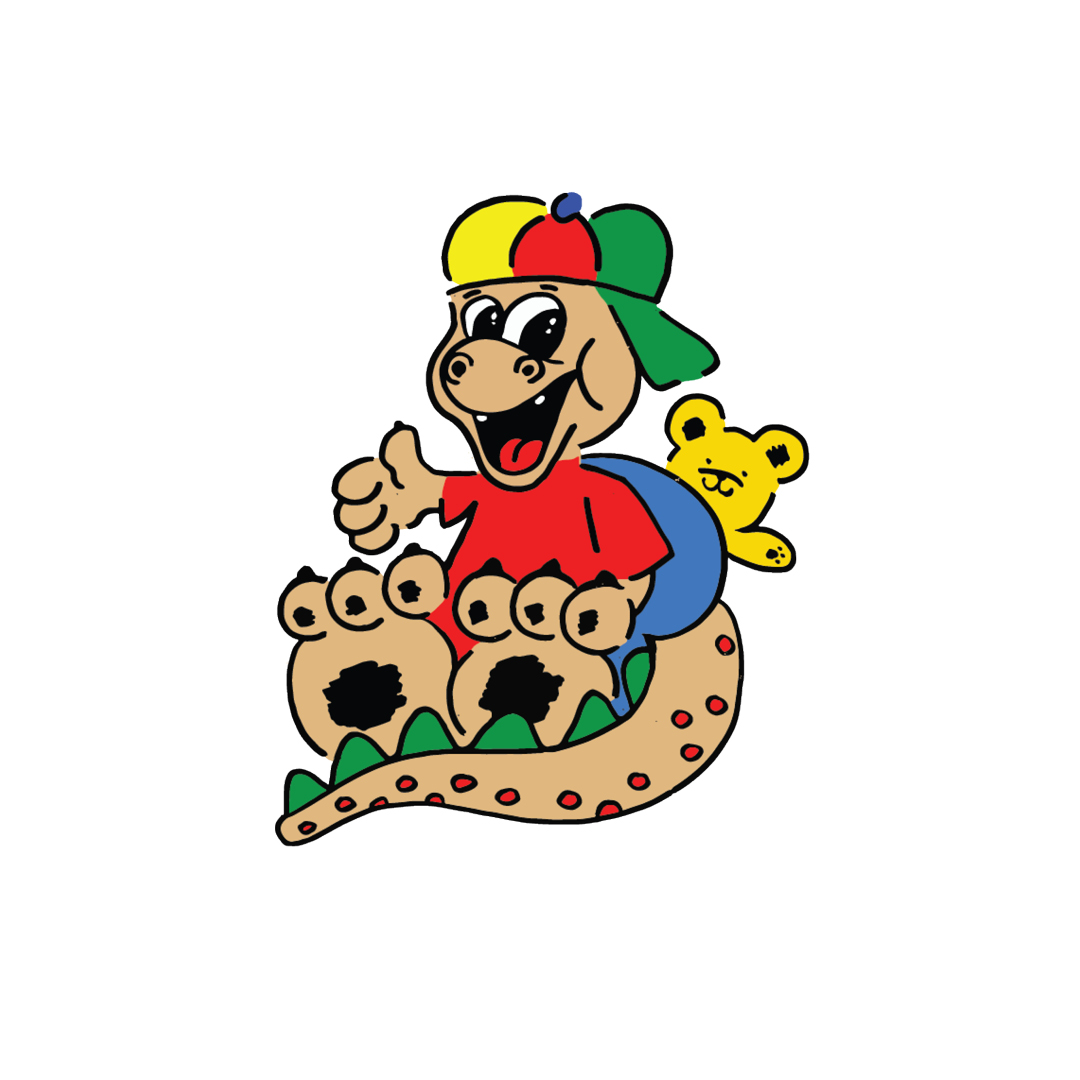The Benefits of exploring with Playdough
Playing with playdough together improves language and social skills. There are tonnes of opportunities to chat and develop language skills while you’re playing with homemade playdough.
-
- Why not try telling a story together with objects you have made, or have a race to build the tallest tower?
-
- Ask your children to describe what they’re doing while they play and how it feels. This is a great opportunity to introduce new words like “squishy”, “sticky” and “gloopy”. If you added food colouring to your playdough, you can also talk about the different colours and help your child build these descriptive words into sentences.
Using hands to mould the dough develops fine motor skills.
-
- Building strength in the muscles of the hands through activities like moulding, rolling and squishing helps prepare them for tasks like holding a pencil or scissors when they’re older.
Sensory play boosts brain development and builds brain connections.
-
- Sensory play also helps your little one’s attention span. When a child plays with something hands-on, they might stay engaged with it for longer than if they just listen to spoken words.
Choosing what to build helps children learn to problem-solve.
-
- Playdough is a great way to introduce the concepts of counting, shapes, descriptions, and more. All of these are a great basis for their first English and Maths lessons when they start school.
Letting your child lead boosts confidence in play.
Letting your child lead on this will be great for their confidence and their language learning, as they have to plan, think and problem-solve to reach their end goal.
Playing with playdough can help kids with tension, energy, focus, and emotions.
How to make playdough
Step 1
First you will need some plain flour, a jug of water, a mixing bowl and food colouring if you desire.
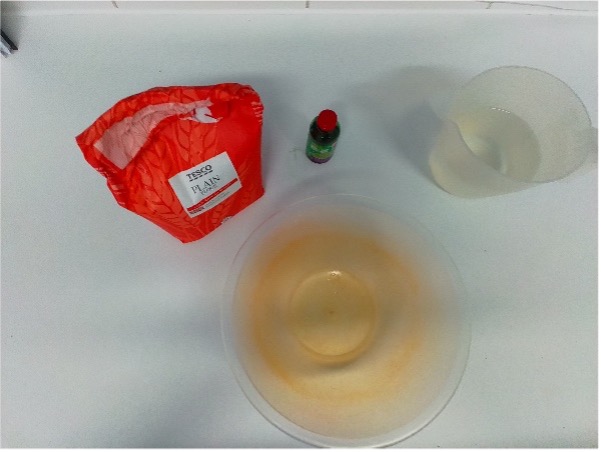
Step 2
Add as much flour to the bowl in relation to the quantity of play dough you want to make.
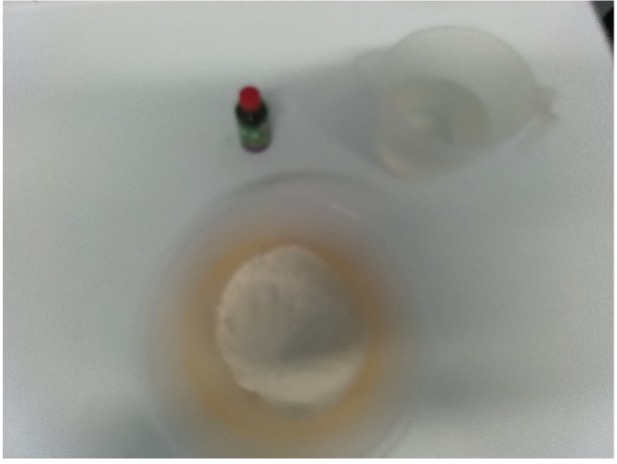
Step 3
Next, add the water to the flour in the bowl.
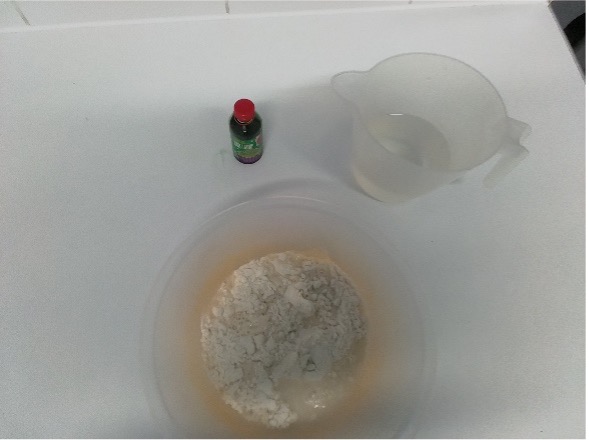
Step 4
Using your hands, fold the flour and water together. Continue kneading the mixture so that the gluten in the flour starts to bond together.
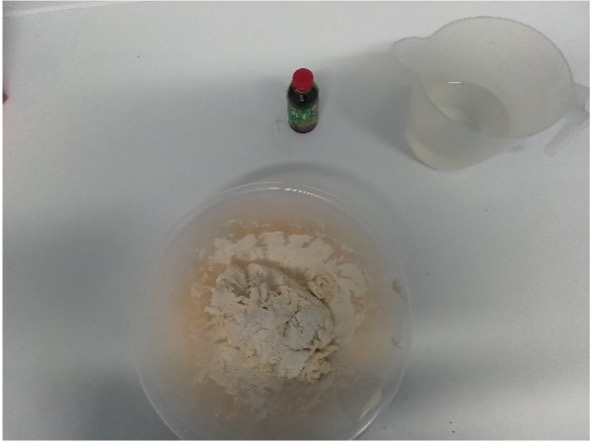
Step 5
If using, add the food colouring to the mixture. Other resources can be added to increase to senses e.g different scents, flowers, Aromatherapy Oil and even Glitter!!
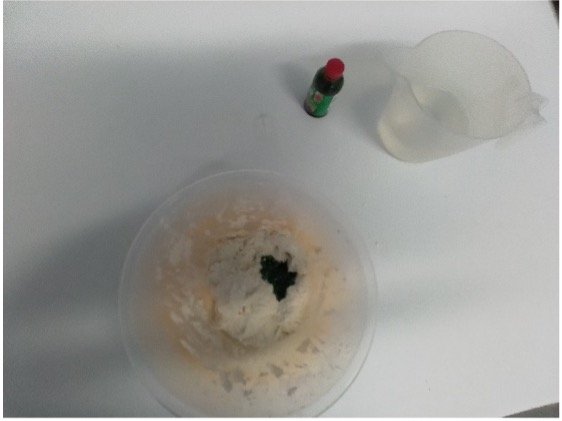
Step 6
Continue mixing the dough so that the food colouring spreads through the dough.
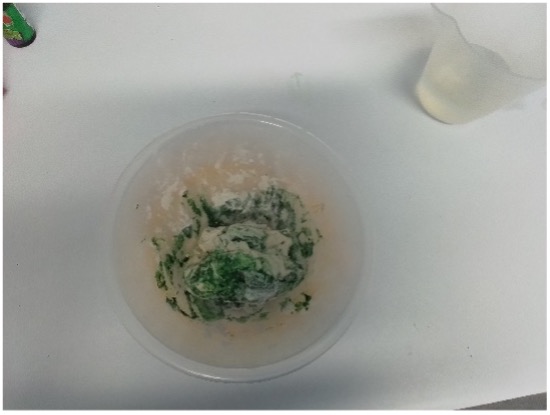
Step 7
When the dough is fully coloured and smooth, without being sticky, it is ready to play with.
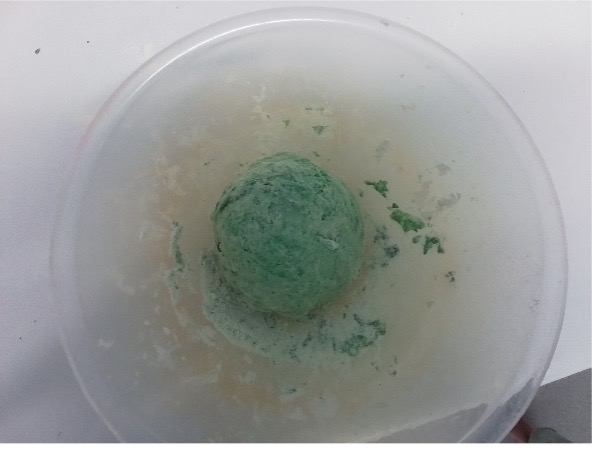
Step 8
Enjoy and have fun! You can store your playdough in a plastic sandwich bag in the fridge to keep it fresh. Don’t forget to squeeze out the air from the bag.
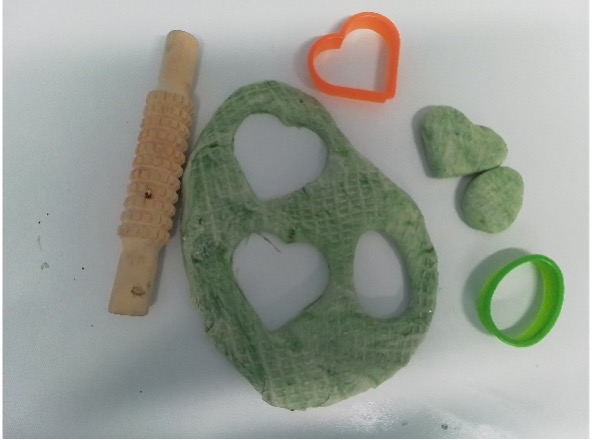
Find out more about The St. George’s Nursery curriculum below!
